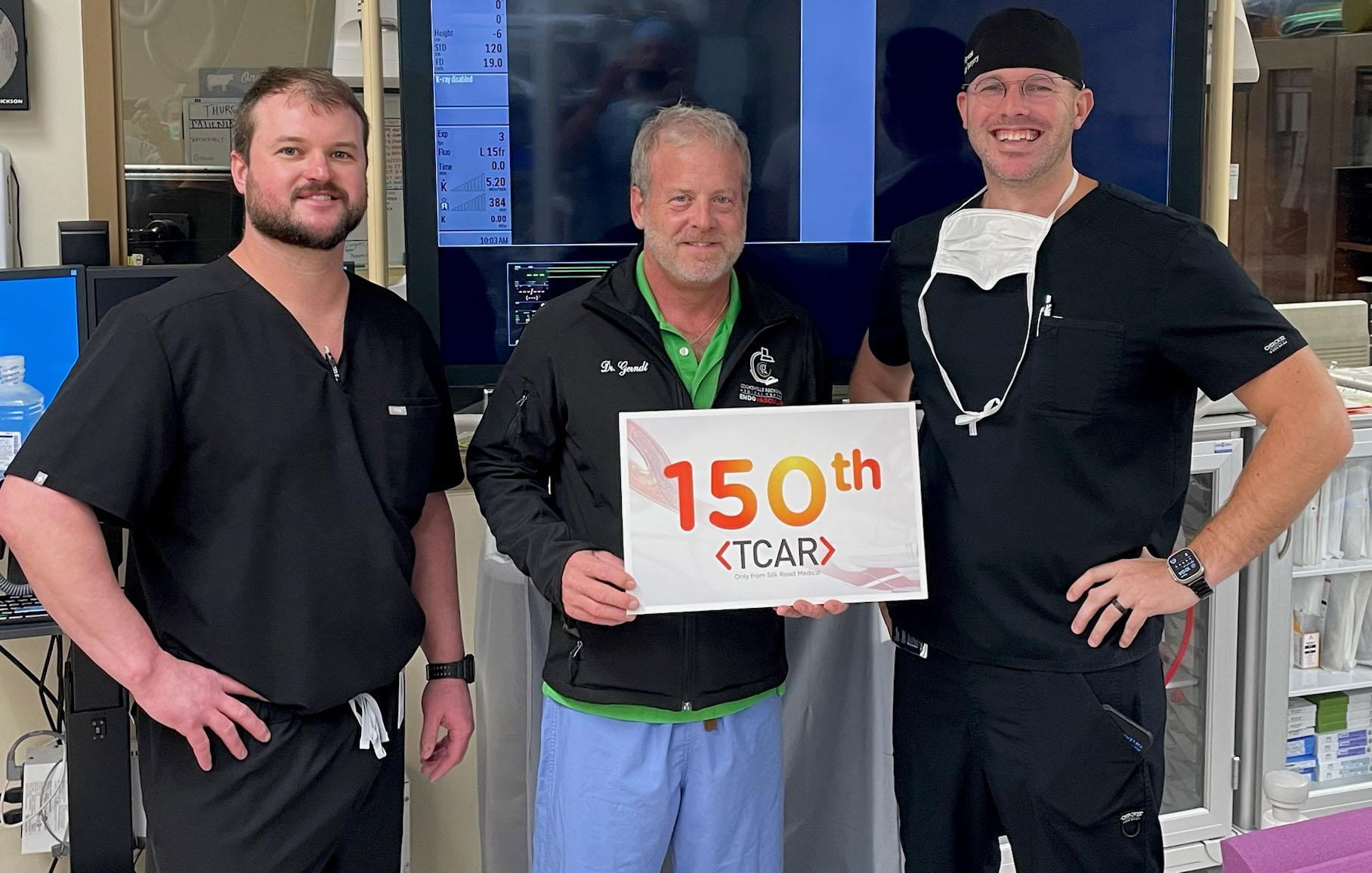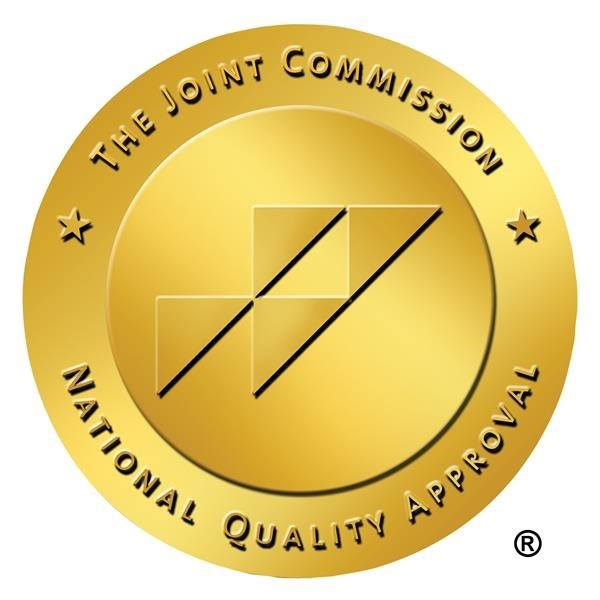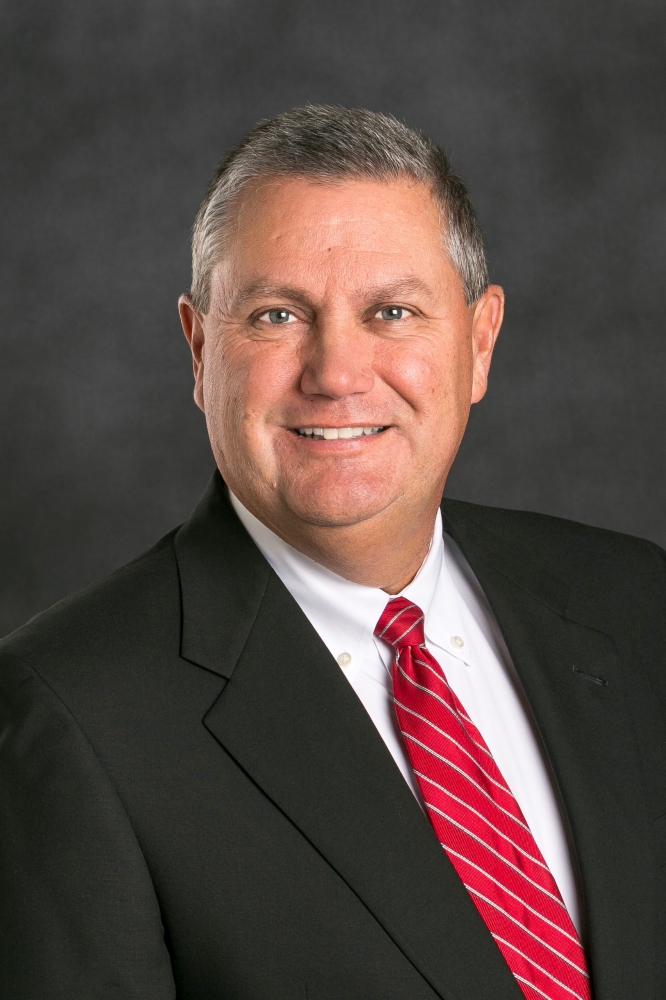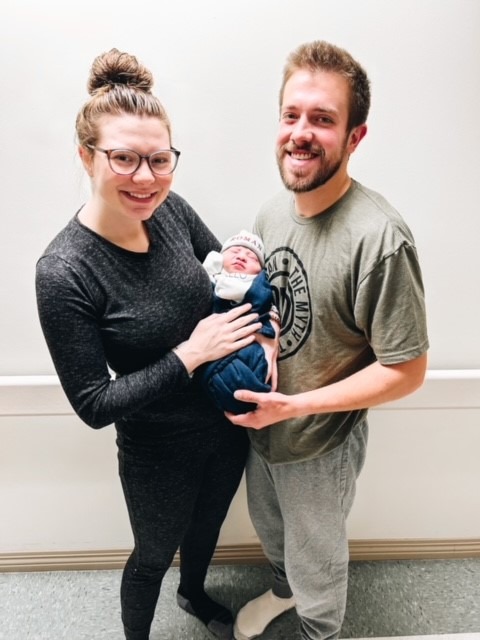Uncategorized
TransCarotid Artery Revascularization: A less invasive way to treat and prevent strokes

One in three strokes are caused by carotid artery disease.
Carotid artery disease occurs when there is a buildup of cholesterol plaque or fatty deposits in the blood vessels known as the carotid arteries. The carotid arteries deliver blood to the brain and head and the buildup of plaque or narrowing of the blood vessels can increase the risk of stroke.
“This is typically picked up by a primary care provider who refers the patient to a vascular surgeon for evaluation,” said Dr. Michael Sywak, vascular surgeon at Cookeville Regional Medical Center.
There are a number of risk factors that puts you at greater risk for carotid artery disease, such as high blood pressure, diabetes, lack of exercise, age, high cholesterol, obesity, smoking, family history or clogged arteries.
For Brenda Reed, a patient of Sywak’s who lives in Grandview just south of Crossville, it was age.
“I was relatively healthy until I turned 60,” she said. “Then it went downhill.”
She had a heart attack and had to have two stents put in. She is also diabetic.
In 2021, at 65 years of age, Reed underwent the traditional CEA (carotid endarterectomy) not once, but twice. That procedure involves making a vertical incision on the neck to access the carotid artery and surgically remove the disease from the carotid artery.
Then in February and May of 2022, she had to have the procedure done again — not because her arteries were clogging up, but because the scans showed they were thickening.
“It’s not real common, but it happens,” Reed said.
This time, she opted to undergo the TCAR – TransCarotid Artery Revascularization.
“They were both completely different experiences,” she said. “With the first two, I couldn’t turn my head. It messes with the nerves and I had trouble eating.”
But the TCAR, she said, was so much easier.
“I had no problems with that recovery at all,” she said. “In fact, I even forgot I had it done.”
TCAR is a direct access procedure. The procedure begins with a small incision just above the collarbone. A temporary sheath (short hollow tube) is placed directly into the carotid artery in an area away from the diseased area (plaque). The sheath connects to a filter outside of the body.
The filter connects to another small sheath and, through a needle puncture in the groin, is placed directly into the vein, similar to an IV. The difference in pressure causes the blood to flow in reverse from the artery (high flow), through the filter, and into the vein (low flow) away from the brain. This establishes a circuit outside of the body.
A stent (expandable mesh tube) is then inserted through the arterial sheath to open the blocked artery. Because of the blood flow reversal, any debris that might break loose during the stent placement won’t travel to the brain, but rather downward, gets trapped in the filter and the filtered blood returns to the vein.
All of Reed’s procedures were completed at Cookeville Regional.
“I couldn’t be happier with the treatment I received,” she said. “The team is great. Dr. Sywak is so helpful and explained everything very clearly.”
The newest vascular surgeon to join the team, Dr. Alex Sapp, recently completed the hospital’s 150th TCAR. That was also his first TCAR procedure at Cookeville Regional.
“Each patient is different,” Dr. Brian Gerndt, vascular surgeon at Middle Tennessee Surgical Specialists who also does the TCAR procedure, said. “It depends on their anatomy and risk factors to determine if they qualify for the TCAR.”
Reed doesn’t have to see Sywak for another year, as her six month scans showed no problems.
“I highly recommend this procedure to anyone with carotid artery disease,” she said.
For more information about vascular services offered at Cookeville Regional, visit crmchealth.org/services/heart-and-vascular-center/vascular-services.
Be sure to follow Cookeville Regional on all the social channels and subscribe to the newsletter at crmchealth.org so you don’t miss a thing.



